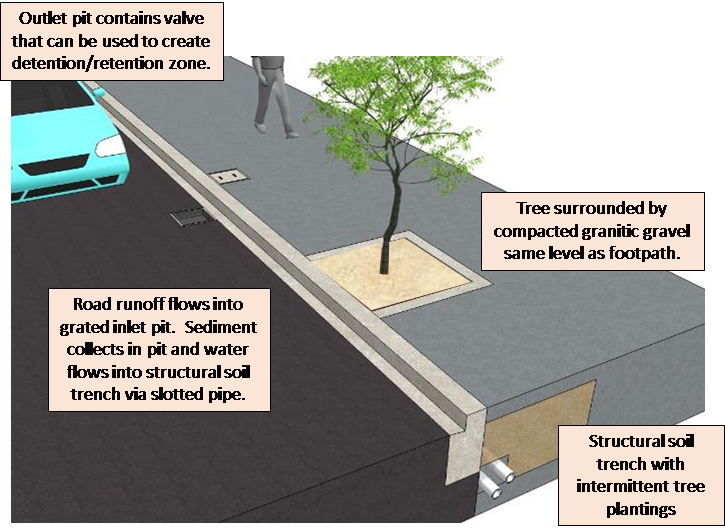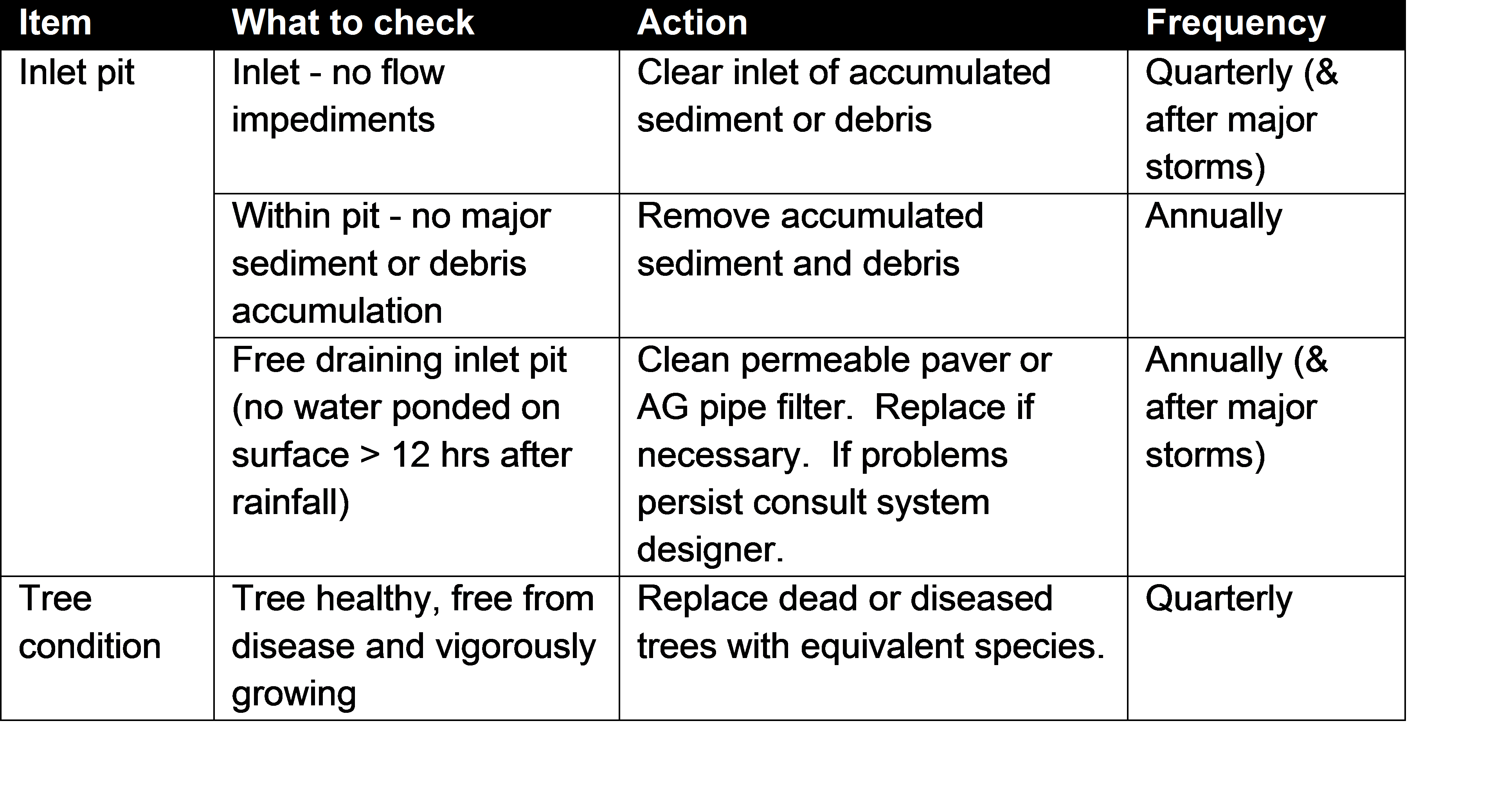Typology 7 – Side of road passive irrigation tree trench
Side of road passive irrigation tree trenches are suitable to use in footpaths where multiple new trees are being installed in the footpath and it is possible to install a structural soil trench between the trees. The surface around the tree is flush with the footpath surface so there is minimal impact on the width of footpath available for pedestrians.
The systems collect, filter and transfer road runoff from a pit into underdrains that run along the base of structural soil trench to increase soil moisture for trees. The primary purpose of these systems is usually to passively irrigate trees.

The purpose of this information is to assist you in developing your Blue Green Infrastructure project. Some of the drawings associated with this typology are not yet included in the Engineering Standard Drawings. We are currently identifying sites for potential trials. You will need work with our Infrastructure and Assets team and Urban Forest team to finalise your design and obtain relevant approvals.
- Flinders Street tree replacement soil volume
- Infiltration trenches











